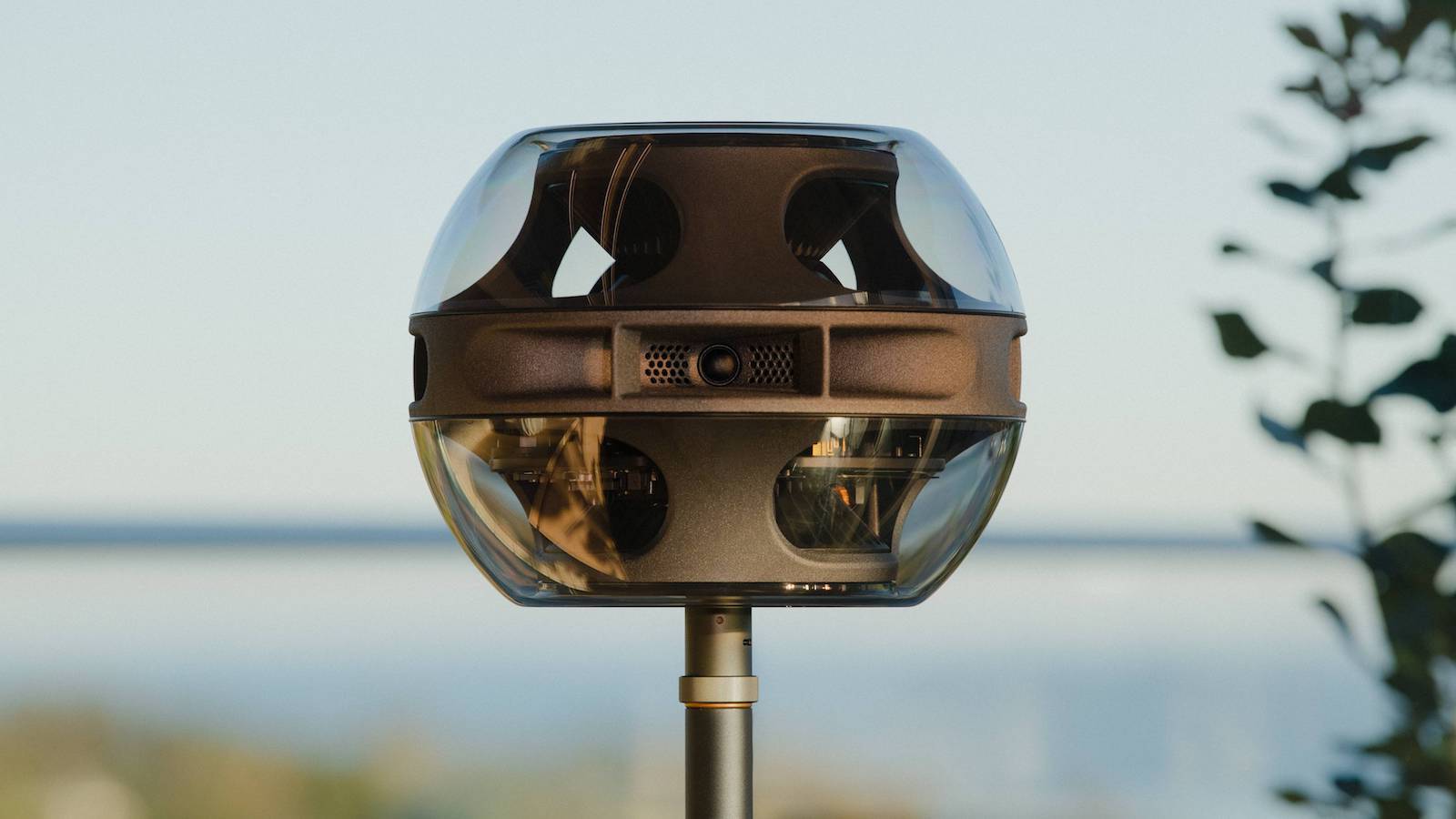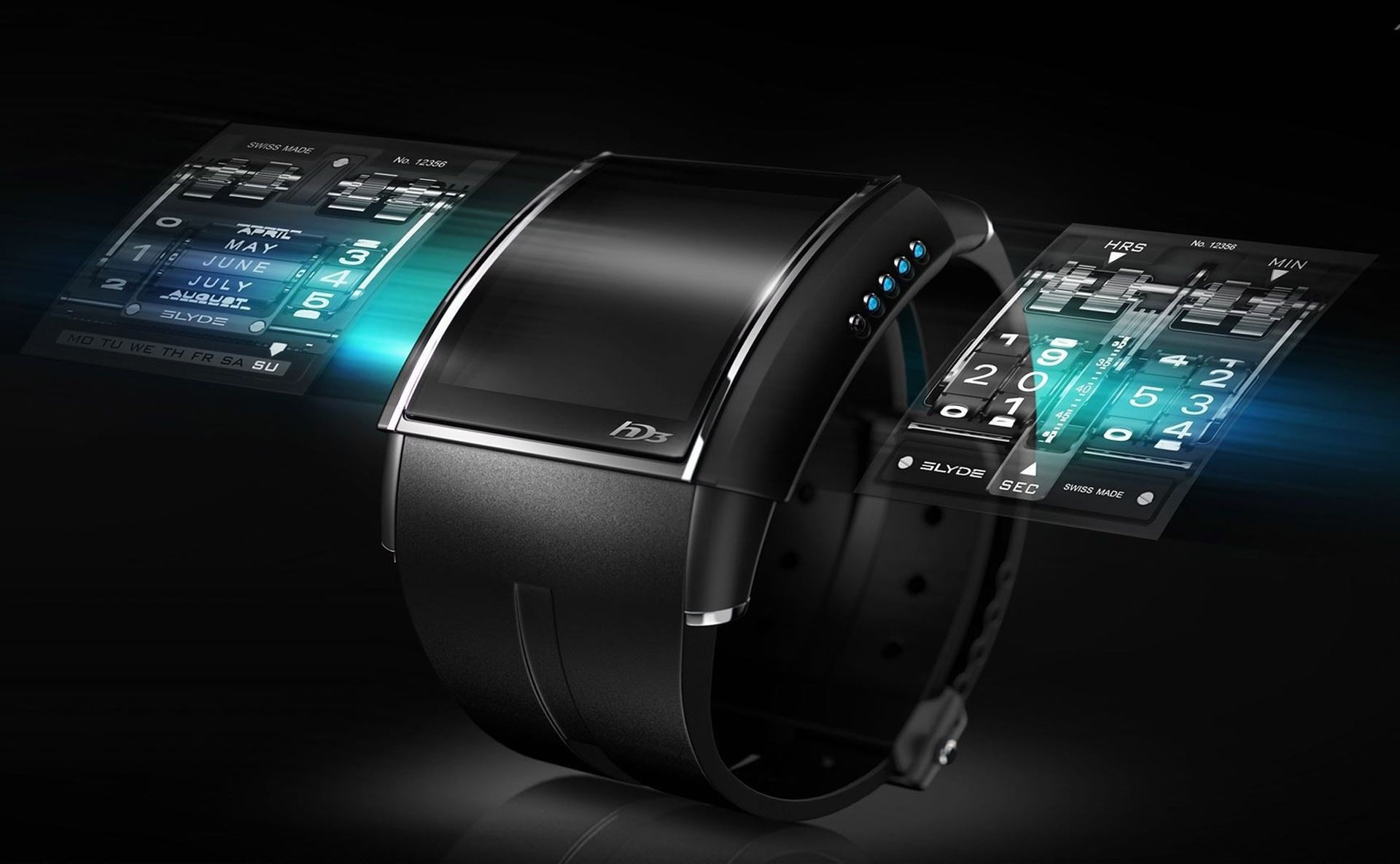High-tech gadgets are revolutionizing our lives, seamlessly blending technology and functionality to enhance our experiences. From sleek smartphones to virtual reality headsets, these devices push the boundaries of innovation and redefine our interactions with the world.
The high-tech gadgets market is experiencing exponential growth, driven by advancements in artificial intelligence, cloud computing, and the Internet of Things. Major players like Apple, Samsung, and Google dominate the industry, shaping market trends and consumer preferences.
Market Overview
The global high-tech gadgets market is a rapidly growing industry, driven by the increasing adoption of new technologies and the rising demand for connected devices. The market is expected to reach a value of USD 1,200 billion by 2027, growing at a CAGR of 10.5% during the forecast period.The major players in the market include Apple, Samsung, Huawei, Xiaomi, and Lenovo.
These companies hold a significant market share and are constantly innovating to bring new products to market.
Key Trends
Some of the key trends in the high-tech gadgets market include:
- The increasing popularity of wearable devices, such as smartwatches and fitness trackers.
- The growing demand for smart home devices, such as voice-activated assistants and smart appliances.
- The development of new technologies, such as artificial intelligence and augmented reality.
- The increasing convergence of devices, such as smartphones and laptops.
Product Features and Benefits

High-tech gadgets are characterized by their advanced functionality, sleek design, and user-friendly experience. These features provide numerous benefits to users, enhancing their productivity, entertainment, and overall quality of life.
One key feature of high-tech gadgets is their enhanced functionality. They are equipped with powerful processors, large storage capacities, and advanced operating systems that enable them to perform complex tasks efficiently. For example, smartphones can now handle demanding applications such as video editing, gaming, and augmented reality experiences.
Design and Aesthetics
High-tech gadgets are often designed with a focus on aesthetics and ergonomics. They feature sleek and stylish exteriors, made from premium materials such as aluminum or glass. The ergonomic design ensures a comfortable grip and ease of use, even for extended periods.
User Experience, High-tech gadgets
User experience is a crucial aspect of high-tech gadgets. They are designed with intuitive interfaces, clear navigation menus, and responsive touchscreens. This user-friendly design allows even non-tech-savvy individuals to easily operate and enjoy the features of these devices.
Target Audience

High-tech gadgets have a diverse target audience, spanning various demographics and interests. The appeal of specific gadgets often varies based on factors such as age, lifestyle, and technological preferences.
Younger generations, particularly millennials and Gen Z, are typically early adopters of high-tech gadgets. They are drawn to devices that offer innovative features, sleek designs, and seamless connectivity. They prioritize gadgets that enhance their social media presence, entertainment options, and productivity.
Types of Gadgets and Target Audience
The type of high-tech gadget that appeals to a particular target audience depends on their specific needs and interests:
- Tech enthusiastsare fascinated by cutting-edge technology and are eager to try out the latest gadgets. They are drawn to high-performance devices with advanced features and capabilities.
- Gamersseek gadgets that enhance their gaming experience. They prioritize devices with high-resolution displays, powerful processors, and immersive audio systems.
- Professionalsrequire gadgets that boost their productivity and efficiency. They favor devices that offer seamless connectivity, secure data storage, and advanced collaboration tools.
- Health-conscious individualsare interested in gadgets that monitor and improve their health and well-being. They seek devices that track fitness, monitor sleep patterns, and provide personalized health insights.
- Fashion-forward consumersvalue gadgets that complement their style and personal aesthetic. They are drawn to devices with sleek designs, unique colors, and stylish accessories.
Marketing Strategies
High-tech gadget companies employ a range of marketing strategies to reach their target audience and promote their products. These strategies include traditional advertising, social media marketing, and influencer marketing.
Traditional advertising remains an effective way to reach a wide audience, and high-tech gadget companies often use television, print, and online advertising to promote their products. Social media marketing is another important channel for reaching potential customers, and high-tech gadget companies use social media platforms to share product information, engage with customers, and build brand awareness.
Influencer Marketing
Influencer marketing is a powerful way to reach a targeted audience and build credibility for a product. High-tech gadget companies often partner with influencers who have a large following and are experts in the field. These influencers can provide valuable insights into the product and help to generate excitement and buzz around the launch.
Industry Innovations

The high-tech gadgets industry is constantly evolving, with new technologies and product developments emerging all the time. Companies are investing heavily in research and development to stay ahead of the competition and meet the ever-changing demands of consumers.
Some of the latest innovations in the high-tech gadgets industry include:
- Artificial intelligence (AI):AI is being used to power a wide range of gadgets, from smartphones to smart home devices. AI-powered gadgets can learn from their users’ habits and preferences, and they can provide personalized experiences.
- 5G connectivity:5G is the next generation of wireless technology, and it offers much faster speeds and lower latency than previous generations. 5G-enabled gadgets will be able to take advantage of new applications and services that require high bandwidth.
- Augmented reality (AR):AR is a technology that superimposes digital information onto the real world. AR-enabled gadgets can be used for gaming, education, and training.
- Virtual reality (VR):VR is a technology that creates a simulated environment that users can interact with. VR-enabled gadgets can be used for gaming, entertainment, and training.
Companies Leading the Way in Innovation
Several companies are leading the way in innovation in the high-tech gadgets industry. These companies include:
- Apple:Apple is a global leader in the design and development of high-tech gadgets. The company’s products include the iPhone, iPad, and Apple Watch.
- Samsung:Samsung is another global leader in the high-tech gadgets industry. The company’s products include smartphones, tablets, and smart TVs.
- Google:Google is a leader in the development of AI and other emerging technologies. The company’s products include the Pixel smartphone, the Nest smart home devices, and the Google Assistant.
- Amazon:Amazon is a leader in the development of smart home devices and other consumer electronics. The company’s products include the Echo smart speaker, the Fire TV streaming device, and the Kindle e-reader.
Future Trends: High-tech Gadgets

The high-tech gadgets market is constantly evolving, with new technologies and product categories emerging all the time. Here are some of the key trends that we expect to see in the coming years:
One of the most significant trends is the increasing convergence of different technologies. For example, we are seeing more and more gadgets that combine features from multiple devices, such as smartphones that can also function as tablets or laptops. This trend is likely to continue as technology becomes more advanced and affordable.
Artificial Intelligence
Artificial intelligence (AI) is another major trend that is expected to have a significant impact on the high-tech gadgets market. AI-powered gadgets can perform a wide range of tasks, from recognizing faces to translating languages. As AI technology continues to develop, we can expect to see even more innovative and useful AI-powered gadgets in the future.
Virtual and Augmented Reality
Virtual reality (VR) and augmented reality (AR) are two other technologies that are expected to play a major role in the future of high-tech gadgets. VR headsets can transport users to other worlds, while AR headsets can overlay digital information onto the real world.
These technologies have the potential to revolutionize the way we interact with the world around us.
Target Audience
The target audience for high-tech gadgets is also evolving. In the past, these gadgets were primarily aimed at early adopters and tech enthusiasts. However, as technology becomes more mainstream, we are seeing more and more high-tech gadgets being adopted by a wider range of consumers.
Marketing Strategies
The marketing strategies for high-tech gadgets are also changing. In the past, companies relied heavily on traditional advertising channels such as TV and print. However, today, companies are increasingly using digital marketing channels such as social media and online advertising to reach their target audience.
Industry Innovations
The high-tech gadgets industry is constantly innovating, with new products and technologies being introduced all the time. Some of the most recent innovations include:
- Foldable smartphones
- Smartwatches with built-in GPS
- Wireless earbuds with noise cancellation
- Virtual reality headsets that do not require a PC
These innovations are just a taste of what is to come in the future of high-tech gadgets.
Concluding Remarks

As technology continues to evolve, high-tech gadgets will play an increasingly vital role in our lives. From personalized healthcare solutions to immersive entertainment experiences, these devices will empower us to connect, create, and explore like never before. The future of high-tech gadgets holds endless possibilities, promising to redefine the way we live, work, and interact with the world around us.
Common Queries
What are the key benefits of high-tech gadgets?
High-tech gadgets offer a range of benefits, including enhanced functionality, improved user experience, increased efficiency, and access to cutting-edge technologies.
Who is the target audience for high-tech gadgets?
High-tech gadgets appeal to a wide range of consumers, including tech enthusiasts, early adopters, professionals, and anyone seeking to enhance their daily lives with technology.
What are some of the latest innovations in the high-tech gadgets industry?
Recent innovations include foldable smartphones, augmented reality glasses, and AI-powered home assistants. These advancements are pushing the boundaries of what’s possible and creating new possibilities for user interaction.
